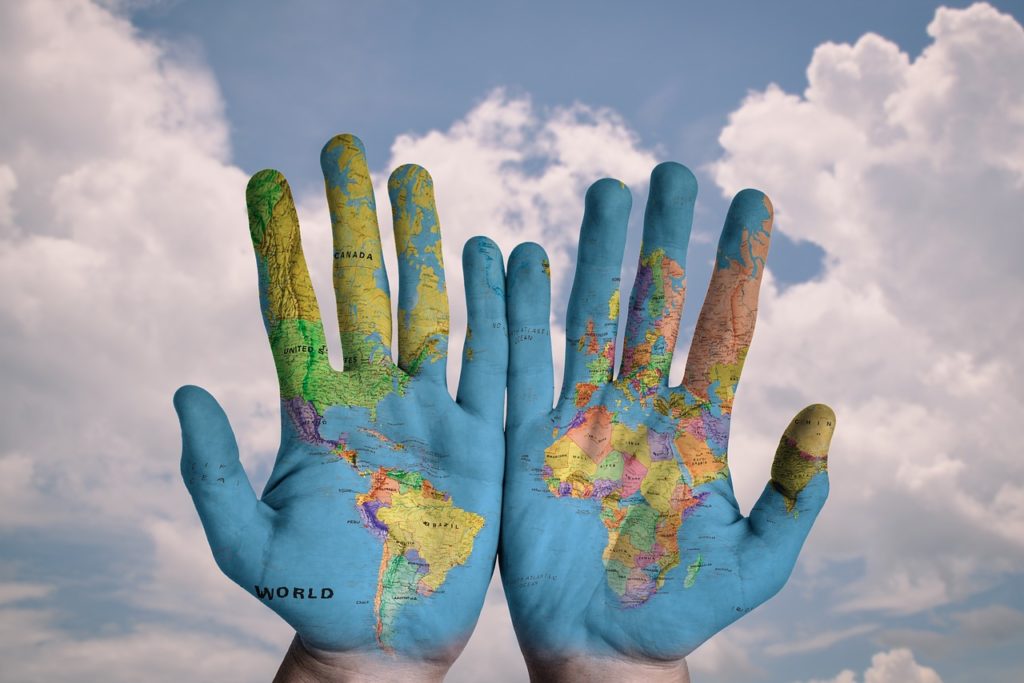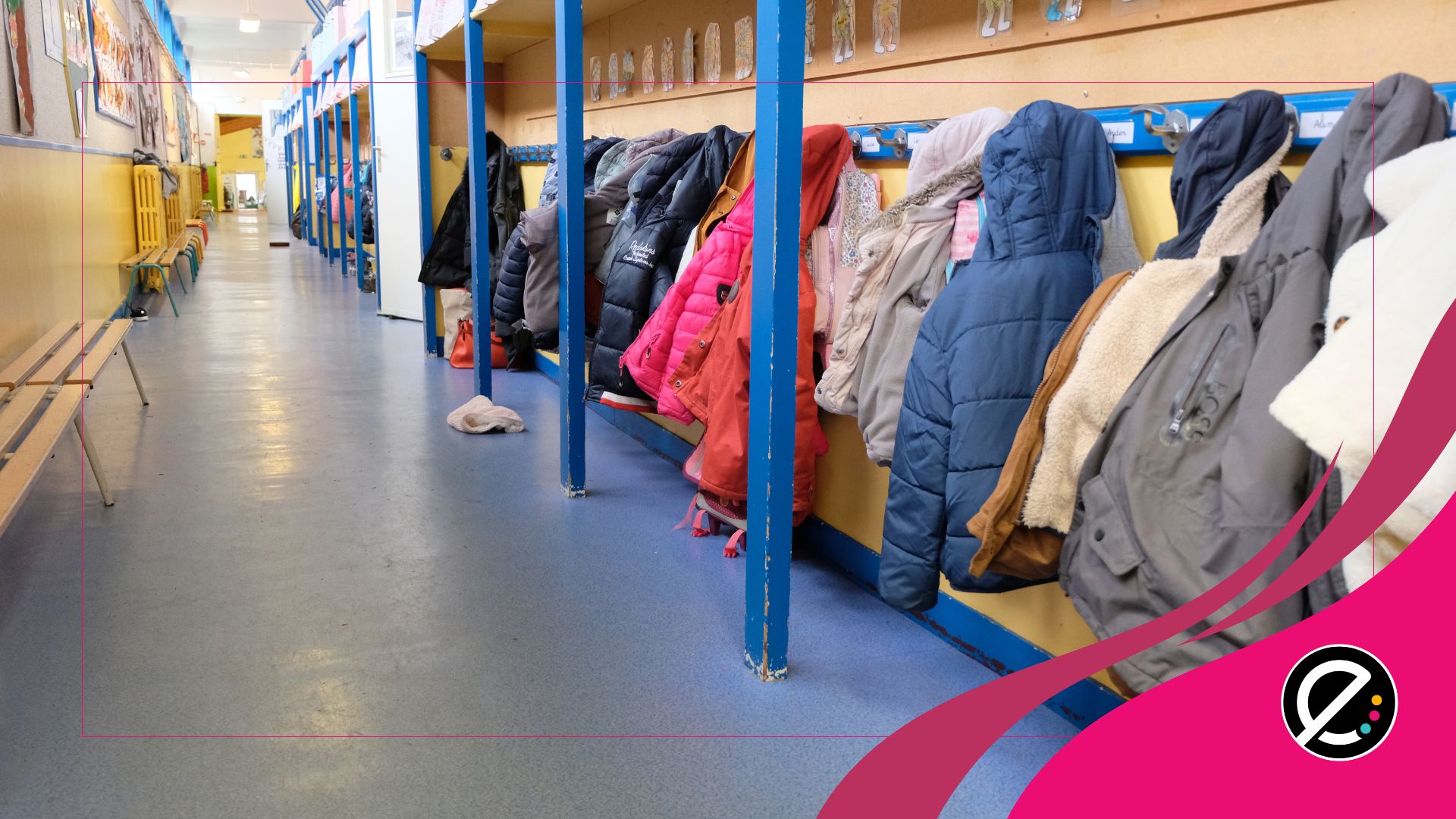Un laboratoire créatif à l’école, qu’est-ce que ça change? Oui, cela permet aux élèves de s’initier à des technologies variées, de travailler en équipe et de laisser libre cours à leur créativité. Mais, il est aussi possible pour les enseignants d’amener les jeunes à réfléchir aux objectifs du développement durable. Nous avons parlé avec deux enseignants néo-brunswickois qui proposent des projets bien concrets en ce sens à leurs élèves.
« Lorsqu’il est question de laboratoire créatif, les valeurs environnementales ne sont jamais très loin. Écoresponsabilité, recyclage, réutilisation, fabrication-maison, réparation sont des concepts qui peuvent être abordés par les enseignants. Dans un labo créatif, on prend des décisions, on peut faire de meilleurs choix et concevoir des solutions plus durables », fait valoir Patrick Giroux, professeur à l’Université du Québec à Chicoutimi, qui a participé à la réalisation du rapport de recherche Laboratoires créatifs en milieux scolaires : état des lieux, stratégies pédagogiques et compétences.
À l’heure où les 17 objectifs du développement durable de l’ONU sont de plus en plus mis en valeur dans notre société, voici deux exemples concrets.
Création pour un Noël scintillant et durable
Depuis quelques années, Renée Duclos, enseignante de 8e année à l’École Le Mascaret de Moncton, participe au Défi scintillant de l’organisme Brilliant Labs / Labos créatifs, qui accompagne les enseignants des provinces maritimes dans le déploiement de laboratoires créatifs.
Le projet est simple : récupérer un vieux chandail (une tuque ou un foulard peuvent aussi faire l’affaire) pour le rendre scintillant pour le temps des Fêtes. L’idée est de ne pas acheter un de ces chandails laids de Noël, qui sont si populaires, mais plutôt d’en fabriquer un soi-même.
Ce projet est un prétexte pour Renée qui amène en fait ses élèves à réfléchir sur leurs choix de consommation. Ils font d’abord un recensement de la provenance des vêtements qu’ils portent et constatent les statistiques. Ils visionnent ensuite un documentaire sur la mode à petits prix, ou « fast fashion » en anglais. Puis, ils partagent des réflexions sur le sujet via l’application Flipgrid.
« Au bout du compte, ils sont convaincus qu’ils doivent recycler un vêtement et le convertir en vêtement scintillant pour Noël », dit l’enseignante. À l’aide d’imprimante 3D, de capteurs, de machines à coudre, ils se mettent rapidement à la tâche pour créer leur vêtement. « Certains restent même après les heures de classe pour le peaufiner! »
Faire la lumière là où il n’y en a pas
De son côté, Ian Fogarty est enseignant de 12e année en sciences à Riverview High School, située à Riverview, « le côté anglo de Moncton », comme il le dit, insistant pour réaliser l’entrevue en français malgré ses difficultés. « Je dis à mes élèves de sortir de leur zone de confort. Je dois faire de même. »
Les projets créatifs ne manquent pas pour ses élèves, que ce soit dans le cadre des cours réguliers ou en activités parascolaires. L’un de ceux qui le rendent le plus fier est Current Generation. Dans le cadre de ce projet, des élèves conçoivent notamment des lampes qui sont ensuite envoyées dans des pays du monde où l’électricité n’est pas aussi stable qu’ici.
Pour lui, il est primordial que les jeunes puissent prendre part à des projets qui les amènent à résoudre de vrais problèmes. « Les élèves prennent conscience que l’électricité n’est pas aussi stable partout dans le monde. Ils doivent faire le design d’une lampe qui pourra être utilisée par d’autres jeunes qui auront ainsi de la lumière pour faire leurs devoirs le soir à la maison. Ensuite, ils la conçoivent de A à Z », explique l’enseignant. Les lampes peuvent être rechargées à l’aide d’un petit panneau solaire qui est apposé et qui a aussi été imaginé par les jeunes. D’une année à l’autre, le projet prend de l’ampleur. Les modèles s’inspirent de ceux des années précédentes.
« Les jeunes ont l’impression de vivre dans une petite province où il ne se passe rien. Avec ce projet, ils voient que chacun peut faire une différence. Et oh surprise, les filles s’intéressent soudainement aux sciences! Ce fût ma plus grande révélation. Ce projet est plein de sens pour elles. Elles n’ont pas l’impression de faire de la techno pour faire de la techno. Elles créent une solution à un problème réel », s’enthousiasme l’enseignant.
Lorsque nous lui avons parlé, il a aussi mentionné deux autres projets qui marient les arts et les sciences :
- DNArt : une fresque composée d’anneaux LED représentant l’ADN changeant de couleur et simulant le défilement d’une séquence d’ADN en fonction du mouvement des élèves dans le couloir de l’école.
- Leo Project : un chandelier qui change de couleur en fonction des émotions de ceux qui circulent tout près.
Pour en savoir plus sur la mise en place d’un laboratoire créatif dans un établissement scolaire, surveillez notre dossier spécial à paraître dans les prochains jours (réservé aux abonnés du magazine École branchée).
En complément : (Re)lisez nos articles







